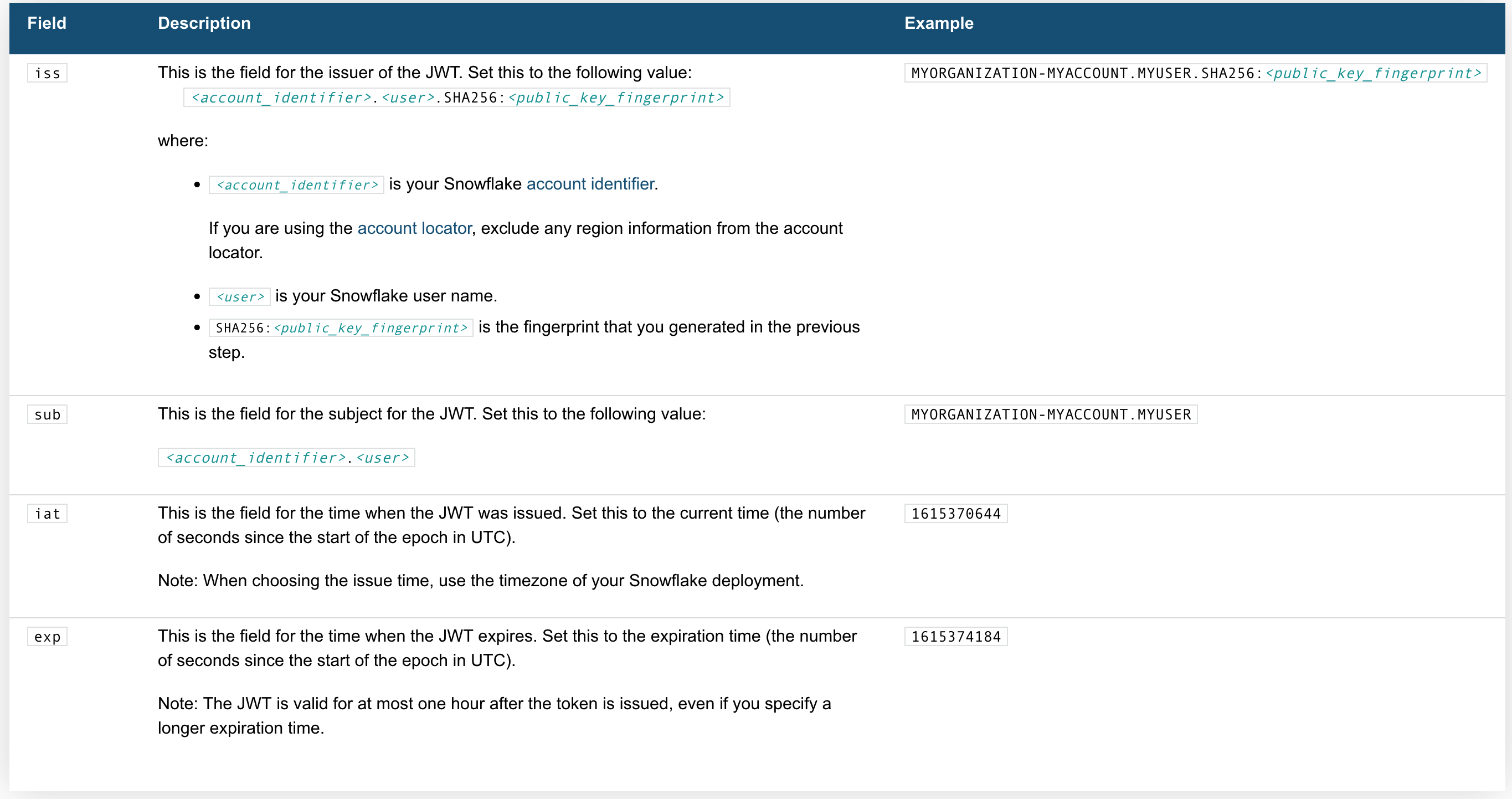Those who have built projects (front end or back end) with JavaScript or TypeScript would have no doubt felt pain or been frustrated with some aspect of package management - package.json, package-lock.json, node_modules, npm, npmjs, yarn etc.
Enter Deno, a "package manager-less" runtime for JavaScript and TypeScript. That's right, no package.json, no node_modules folder, no npm or yarn.
Deno was created by Ryan Dahl, the creator of Node.js, who realised the monster that was created with package management and managers, dependencies, and dependency management, which in many cases is more complex than the frameworks or projects that are being implemented.
I said deno was "package manager-less"; however it is not "package-less". Deno does not use npmjs; instead, packages (js or ts) can be hosted at any reachable URL. Local imports and exports are supported too.
Deno's standard library packages ("batteries included" modules) are hosted at deno.land/std@LATEST_VERSION, a third-party hosted library is available at deno.land/x.
With deno installed, you can run something like this:
deno run https://deno.land/std@0.154.0/examples/welcome.ts
Using the Deno runtime, developers specify modules to use in their program using this import syntax:
import { Application, Router } from "https://deno.land/x/oak/mod.ts";
You can specify a version if desired in the URL, such as:
import {
Bson,
MongoClient,
} from "https://deno.land/x/mongo@v0.31.0/mod.ts";
Packages do not have to be downloaded or installed before running your code.
The first time your code is run, all packages are downloaded to a local cache and any Typescript modules are transpiled to JavaScript.
Deno deploy is a package publishing framework that directly integrates with GitHub (no separate npm publish step). Deno deploy is backed by a CDN and a network of edge servers to make deno packages available. Packages can be published by a push to a branch, reviewed via a deployed preview, and merged to release to production.
To get going, you first need to download and install deno, which will vary based upon your operating system, but there are all the usual suspect installers available (homebrew, chocolatey, etc); see here.
Once you have installed deno on your system, you can create a project folder (no npm init or package.json required), and create the following file (as server.ts), which will run a very simple middleware server using a third-party module, oak.
import { Application, Router } from "https://deno.land/x/oak/mod.ts";
const router = new Router();
router
.get("/ping", (context) => {
context.response.body = "pong";
});
const app = new Application();
app.use(router.routes());
app.use(router.allowedMethods());
await app.listen({ port: 8080 });
now run your server using the following command:
deno run --allow-net server.ts
now:
curl -XGET http://localhost:8080/ping
should return:
easy!
if you have enjoyed this post, please consider buying me a coffee ☕ to help me keep writing!
